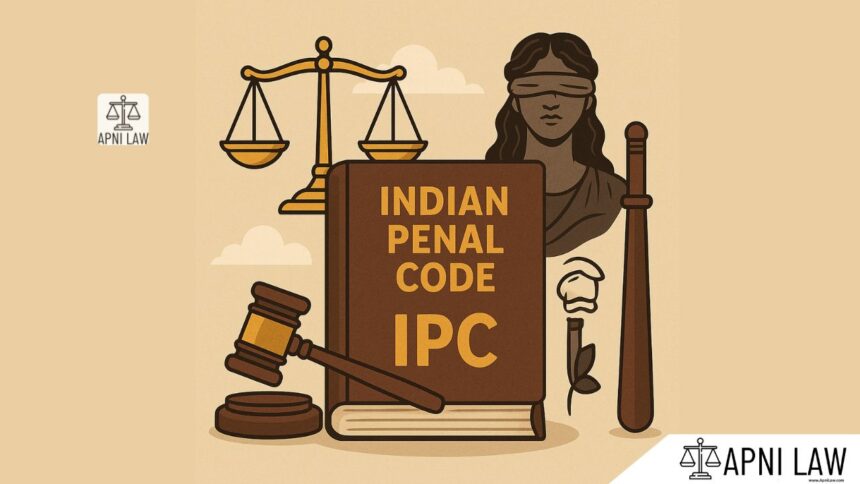Code
The right of private defence of the body extends, under the restrictions mentioned in the last preceding section, to the voluntary causing of death or of any other harm to the assailant, if the offence which occasions the exercise of the right be of any of the descriptions hereinafter enumerated, namely:—
First.—Such an assault as may reasonably cause the apprehension that death will otherwise be the consequence of such assault;
Secondly.—Such an assault as may reasonably cause the apprehension that grievous hurt will otherwise be the consequence of such assault;
Thirdly.—An assault with the intention of committing rape;
Fourthly.—An assault with the intention of gratifying unnatural lust;
Fifthly.—An assault with the intention of kidnapping or abducting;
Sixthly.—An assault with the intention of wrongfully confining a person, under circumstances which may reasonably cause him to apprehend that he will be unable to have recourse to the public authorities for his release.
1 [Seventhly.—An act of throwing or administering acid or an attempt to throw or administer acid which may reasonably cause the apprehension that grievous hurt will otherwise be the consequence of such act.]
Explain it
This section states that a person is not guilty of murder or culpable homicide if they cause death while defending themselves or another person from an assault that causes reasonable apprehension of death or grievous hurt. This right of private defence is limited to the extent of the imminent threat. In other words, a person can only use force proportionate to the threat posed.
The section further clarifies that if the person causing death knew that they could have safely retreated from the assault but instead chose to use force, they are not eligible for the protection of this section. Therefore, retreat is an essential element of the right of private defence.
Illustrate it
Imagine a situation where someone is being attacked with a knife. In this case, the person under attack would have a right to defend themselves, even if it means using lethal force to stop the attacker. However, if the person under attack could have safely retreated from the situation but instead chose to fight, they might not be protected by Section 100.
Common Questions and Answers
Q: What is the difference between murder and culpable homicide?
A: Murder is the unlawful killing of another person with malice aforethought. Culpable homicide, on the other hand, encompasses all unlawful killings, including those that are not intentional.
Q: Can a person be charged with murder even if they acted in self-defense?
A: Yes, if the force used was excessive or not proportionate to the threat, the person could be charged with murder or culpable homicide.
Q: What are the key elements of the right of private defense?
A: The key elements are:
-
- An imminent threat of death or grievous hurt.
- The use of force proportionate to the threat.
- The absence of a safe retreat option.








